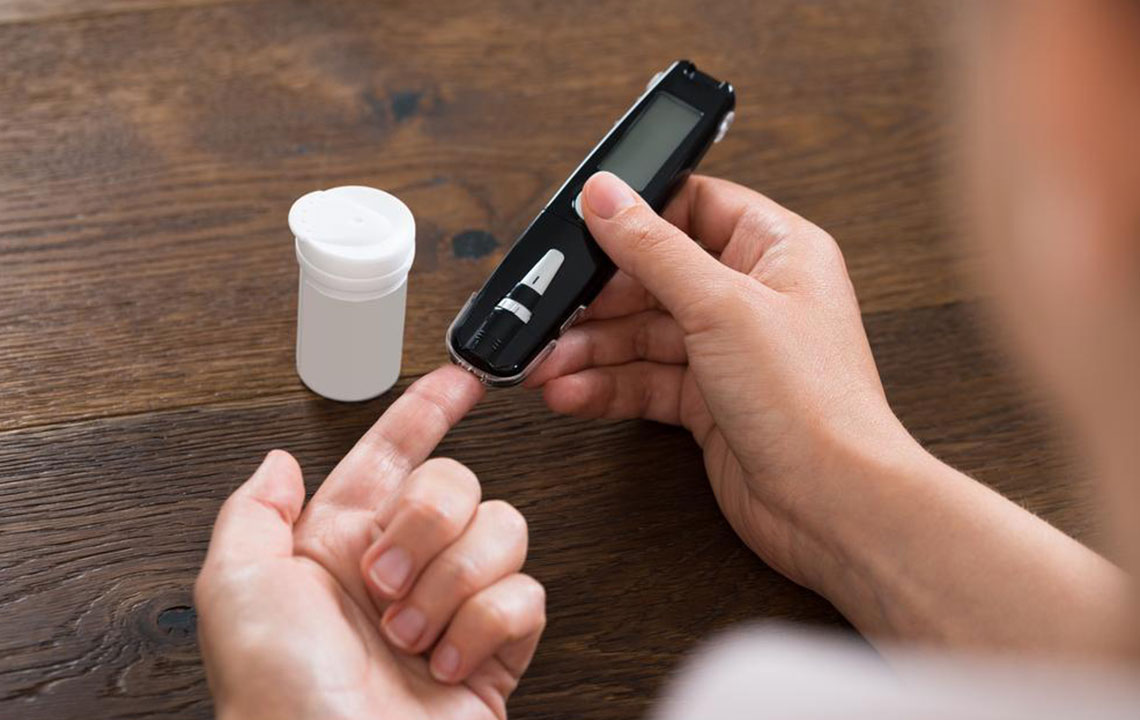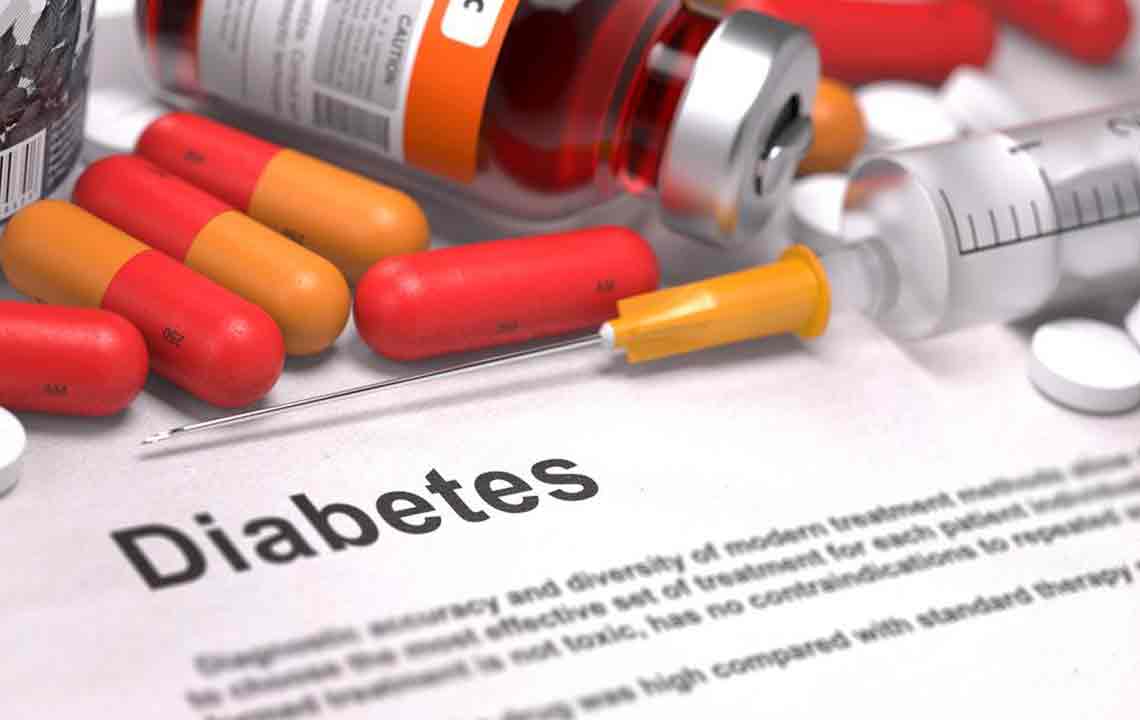Comprehensive Guide to Maintaining Healthy Blood Sugar Levels and Preventing Diabetes Complications
This detailed guide explores methods to effectively maintain healthy blood sugar levels, with tips on monitoring, lifestyle changes, and managing diabetes risks. It highlights the importance of understanding blood glucose measurements, setting realistic goals, and adopting comprehensive strategies to prevent complications while promoting overall health. Essential insights are provided for diabetics and those aiming to prevent the onset of this widespread condition, emphasizing a holistic approach that includes regular testing, diet, exercise, and medical care for optimal blood sugar management.

Comprehensive Strategies for Healthy Blood Sugar Management and Diabetes Prevention
Diabetes mellitus has become one of the most common chronic metabolic disorders worldwide, affecting hundreds of millions of people across diverse age groups and backgrounds. This condition is primarily characterized by elevated blood glucose levels resulting from the body's inability to produce sufficient insulin or effectively utilize insulin. Insulin, a hormone produced by the pancreas, is crucial for regulating blood sugar levels. When insulin production is inadequate or its action is impaired, glucose accumulates in the bloodstream, leading to a range of health issues. The global prevalence of diabetes continues to rise, with estimates indicating that approximately 8.5% of adults are diagnosed annually, emphasizing the importance of effective blood sugar management strategies.
Understanding Normal Blood Sugar Levels is essential for anyone aiming to maintain optimal health or manage diabetes effectively. Maintaining blood glucose within a healthy range helps prevent acute complications such as hypoglycemia and hyperglycemia, as well as long-term issues affecting vital organs like the eyes, kidneys, nerves, and heart.
Understanding the dynamics of blood sugar levels and how they are measured is fundamental. Blood sugar, or glucose, originates from the digestion of carbohydrates in foods consumed throughout the day. Once absorbed into the bloodstream, glucose serves as a primary energy source for cells. Blood glucose levels are typically measured in milligrams per deciliter (mg/dl). These levels naturally fluctuate during the day based on meals, physical activity, and metabolic processes. To accurately assess blood glucose control, healthcare providers use specific markers and tests, including fasting blood sugar, post-meal (postprandial) blood sugar, and glycated hemoglobin (HbA1c).
Fasting Blood Sugar (FBS): This test measures blood glucose after an overnight fast, usually performed in the morning before breakfast. Normal fasting blood sugar levels fall between 70 mg/dl and 100 mg/dl. Elevated fasting levels may indicate insulin resistance or diabetes risk.
Post-Meal Blood Sugar (Postprandial): This measurement is taken two hours after eating. For individuals without diabetes, normal post-meal glucose levels are below 140 mg/dl. Elevated postprandial readings can signal impaired glucose tolerance.
HbA1c (Glycated Hemoglobin): This test reflects the average blood glucose over the past 2 to 3 months by measuring the percentage of hemoglobin molecules that have glucose attached. Normal HbA1c levels range from 4% to 5.6%. Higher values indicate poorer long-term glucose control and increased risk of complications.
Blood Sugar Targets for People with Diabetes are tailored to help manage the condition and prevent complications effectively. These targets vary slightly from normal ranges but aim to maintain blood glucose as close to normal as possible without causing hypoglycemia:
Fasting Blood Sugar: Ideally maintained between 80 mg/dl and 130 mg/dl.
Post-Meal Blood Sugar: Should be kept below 180 mg/dl two hours after eating.
HbA1c: Maintaining levels below 7% is generally recommended for good glycemic control, reducing the risk of diabetes-related complications.
Proper management of blood sugar levels is vital in preventing the devastating long-term effects of diabetes, including nerve damage, vision loss, kidney failure, and cardiovascular disease. Achieving optimal blood glucose control involves a series of lifestyle adjustments and medical interventions:
Regular Monitoring: Consistent blood glucose monitoring is essential to understanding how your body responds to different foods, activities, and medications. Using a glucometer or continuous glucose monitoring systems can help individuals make timely adjustments to their diet and insulin therapy, if needed.
Understanding and Adapting to Daily Life: Managing stress, anxiety, and other psychological factors that influence blood sugar is critical. Techniques such as mindfulness, meditation, and engaging in hobbies can help reduce stress levels. Incorporating regular physical activity, such as walking, cycling, or swimming, aids in insulin sensitivity and overall metabolic health. Developing a routine that fits individual lifestyles ensures better adherence to management plans.
Blood Pressure and Cholesterol Control: Keeping blood pressure below 140/90 mmHg and maintaining healthy LDL cholesterol levels are essential to reduce cardiovascular risks associated with diabetes. A holistic approach that includes diet, exercise, and medication when necessary is vital for comprehensive health management.
Blood sugar management is not a one-time effort but a continual process involving education, lifestyle changes, and medical support. By staying within target ranges and adopting healthy habits, individuals can significantly reduce the risk of complications and enjoy improved quality of life. Summary: This comprehensive guide underscores the importance of understanding blood sugar levels, establishing personalized targets, and adopting effective strategies—such as regular monitoring, lifestyle adjustments, and managing associated health parameters—to maintain optimal blood glucose control and prevent diabetes-related health issues. Prioritizing these practices leads to better health outcomes and a higher quality of life for those with or at risk of diabetes.



